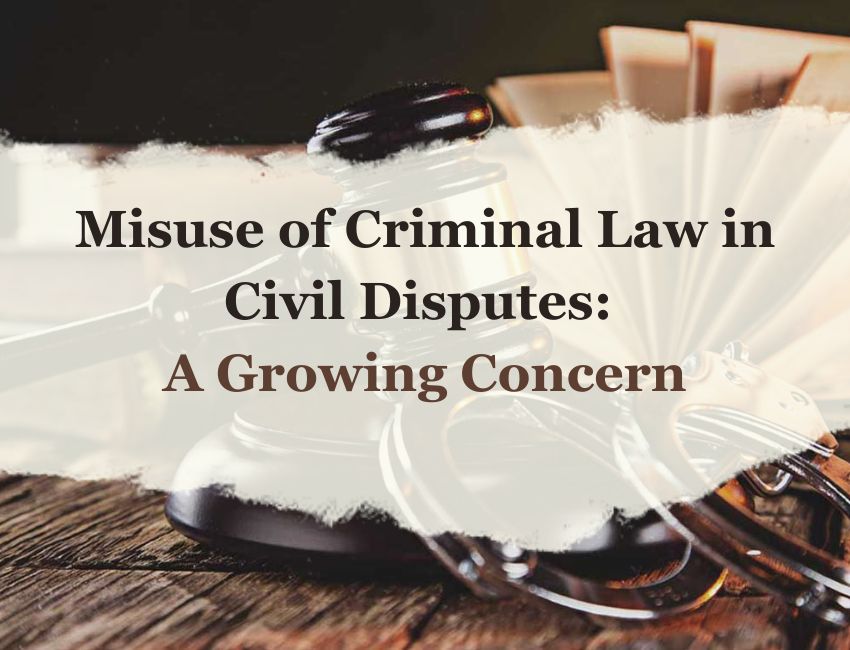Macleod, C.J.@mdashThe accused in this case were convicted under rule 27(5) passed by the Government order the powers conferred by Section 188, sub Section (1), of the Bombay District Municipal Act of. The facts are correctly stated in the petition which the accused has made to this Court in revision. I need not set them out again. The accused had asked for permission in the proper from to build on his own land. He got what is sailed a model reply on the 5th November 1920 " permission refused, " and it in necessary to point out that, although that model reply purports to have been sent according to the provisions of rule 27 (3), all that the Committee could do was to pans a provision al order directing that, for a period, which stall not be longer than one month from the case of such order, the intended work shall not be proceeded with. On the face of it, this order refusing permission was for an indefinite) period.
2. Under Sub-rule (4) a person who has given notice under Sub-rule (1) may proceed with his building, if the Committee within one month from the receipt of the notice given under Sub-rule (1) have neither passed order under Sub-rule (2) nor issued under Sub-rule (3) any provisional order or any demand for farther particulars.
3. The Committee had not issued proper orders under either Sub-rule (2) or Sub-rule (3), and consequently the petitioner was entitled to build, After the petitioner received the order of the 5th November, he called on the Chairman of the committee and requested him to give the grounds for refusing permission. Thereafter, the petitioner was informed by a letter dated the 20th November 1920 that permission to build was refused because there was no existing metalled road there and none projected, and also that a bungalow there would lead to undesirable congestion.
4. We have been shown a plan of the petitioner''s land, and it shows that on three sides, there is a Gawan or cattle track about ten or twelve feet wide. On the other side of the cattle track to the south is the property of Mr. Guzdar, and the petitioner alleged that permissions for him to build was refused because Mr. Guzdar was decisions of buying up petitioner''s land. However that may be, it appears to us that neither of the reasons given in the letter of the 20th November was justified by the circumstances of the case or by the rules.
5. A reference was made afterwards to bye-law 38 which provides as follows: "not-withstanding anything contained in rule 27 (4) no person shall commerce to erect any building which would not front on a public street unless he, having duly obtained the approval of the Committee under rule 22 B, has constructed a street in accordance with the orders of the Committee providing assess to the building from a public street."
6. Nothing is said in the bye law about metalled roads, aid if the provisions of that bye law had been followed, the Committee might have called upon the petitioner to provide assess to his building from the public street. We think, therefore, that there was no justification for the conviction under rule 27 (5) as the petitioner had given notice as required by Sub-rule (l). He had furnished the documents and afforded the information which was required of him, and no legal order had been served on him which would prevent him from building. We think, therefore, that the conviction was wrong and should be set aside, and the fine, if paid, refunded.
Shah, J.
7. I agree.

